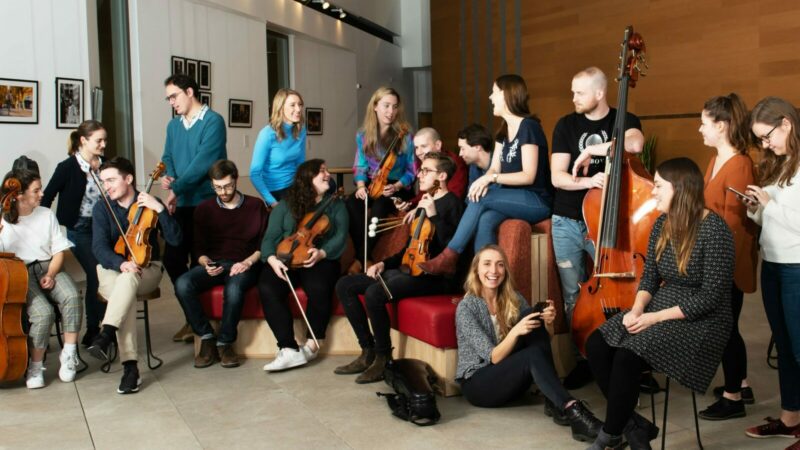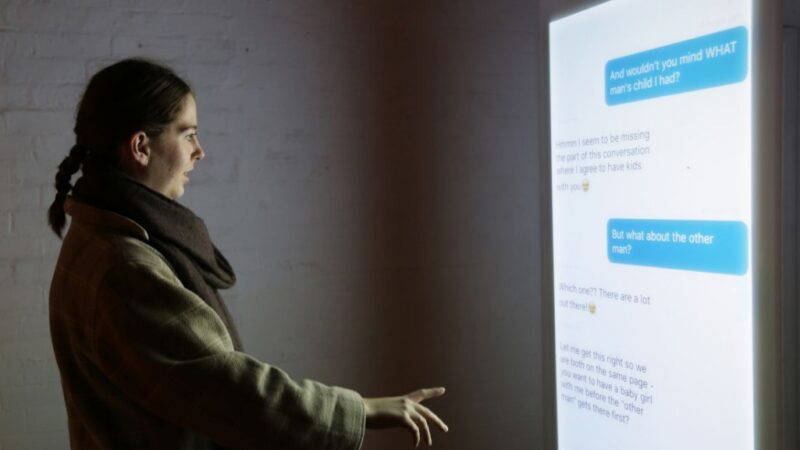Undertaking online audience analysis can help you find out more about your audience, who they are, what they like and what they respond to.
An online audience audit is an assessment of your current digital audience:- who they are, what they like and what they respond to. It may also include where they are based, what their interests are and their ages, depending what information you can obtain. This enables you to work out who is in your current base audience, and from there you can work out where there are opportunities to develop.
During an audience audit, you will assess:
- Who is following you and interacting with your content on social media platforms
- How your content is doing: what is being clicked, shared and commented on
- What it feels like to be in your digital spaces – your website and your social media platforms
Rob Lindsay, Head of Programmes at The Space, explains the key to an audience audit:
“Leave your ego at the door and be brutally honest with yourself – you may represent a huge institution of great legacy and acclaim but that doesn’t mean your online content is working. It also doesn’t mean that you already have the broad, diverse audience you would like.”
Rob adds that you also need to ask yourself, if someone on your team is putting lots of energy into digital, is it having any results? And are the results worth the time and effort currently being invested?
There are lots of different analytics packages that are available to help you to assess who is engaging with your content – almost all the big social media companies offer them and Google Analytics is a free service that allows you to measure and track the activity of visitors to your website as well as their demographics and behaviours.
Google Analytics and social media insight packages can be useful if you are seeking particular information (for example, the average age or the gender split of your online audience). But they come with a health warning: they offer reams of data without any guidance on how best to use it.
Rob explains:
“There is no point using Insight tools at all unless you are going to give your team the time and space to talk about their implications. Google Analytics is free and you can pull lots of data from it about your website, but it’s not necessarily clear how to use the data it offers or turn it into actionable insights. The problem for many arts organisations is not how to get the data, it’s what it really means.”
Nevertheless, there are a couple of specific tools that can be very useful:
Facebook’s video function allws users to see who the most notable sharers of your video content were and how many views they generated. This can be useful to work out who your own pool of ‘influencers’ are.
On Twitter, run a search with a filter that only shows tweets that earned more than a certain number of likes or retweets so you can easily work out what your most popular content has been whilst you are conducting an audit.
However, Rob says that an online audience audit can be undertaken simply by setting aside enough time to properly look at your followers on social media, what your most popular content is and by having a frank discussion internally about the look and feel of your website and social media channels.
Consider – what is the purpose of social media for your organisation, and what do you want these channels to achieve, how might you measure this?
Top tips for a successful audit are:
- Be honest – approach the audit as if you are a new team taking over legacy platforms and try to view them objectively
- Look closely at who is engaging with your content and who is sharing it – not all your followers are sharing, or even seeing, all your content. Remember that social media is meant to feel social, so personal recommendations are important.
- Assess what content is working – gaining the most views, shares,comments and likes. Is there a particular type of content that resonates with your audiences?
- Pay attention to when things have done well and why they have done well – what has connected the content to the audience?
- Finally, also look at examples of the types of people your organisation would like to target and work out who they are following and what kinds of content they are responding to positively..
An online audience audit for cultural organisations is one of the services that The Space offers and is a time and cost efficient way of quickly getting to know your online audience. If you would like more information about this, please contact us.
Find out more by downloading our Online Audiences Toolkit.
How useful was this resource?




